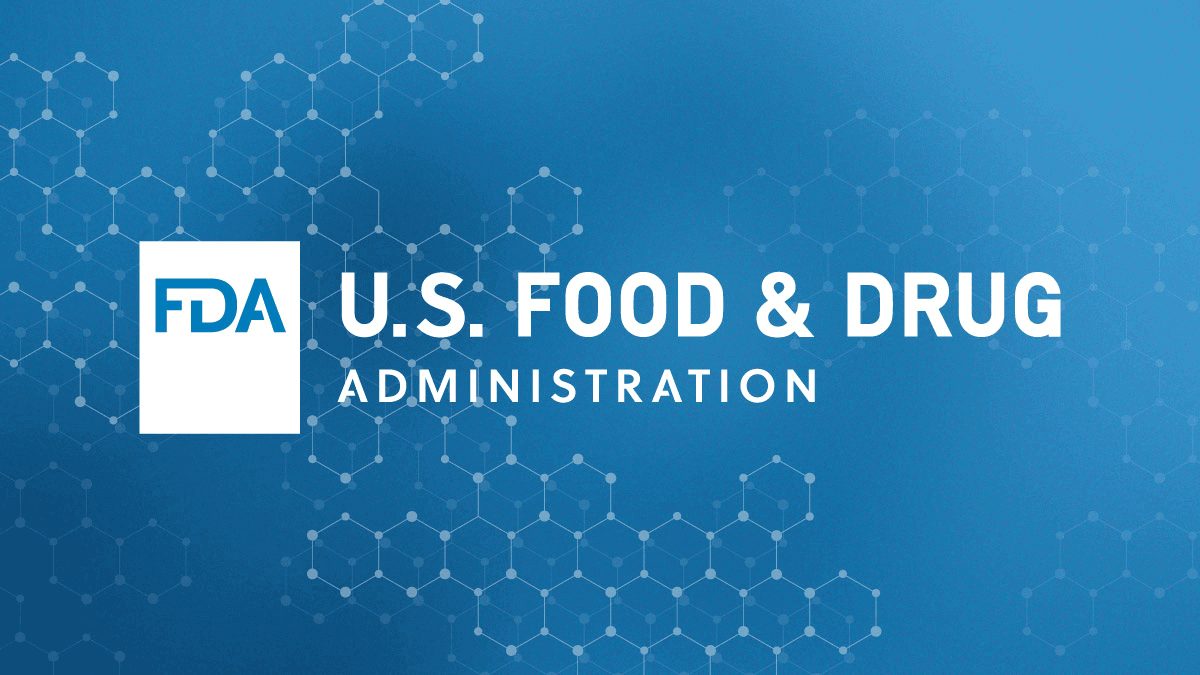
FDA Proposes Individual Risk Assessment for Blood Donations, While Continuing to Safeguard U.S. Blood Supply
The U.S. Food and Drug Administration announced today, January 27, 2023, that it is proposing a change from time-based deferrals to assessing blood donor eligibility using gender-inclusive, individual risk-based questions to reduce the risk of transfusion-transmitted HIV. This proposal is in line with policies in place in countries like the United Kingdom and Canada.
Stanford Blood Center enthusiastically supports this announcement and the proposal to adopt an individual risk-based approach to donor eligibility.
These draft recommendations are based on the FDA’s careful review of available information, including data from other countries with similar HIV epidemiology that have instituted this approach, as well as ongoing surveillance of the U.S. blood supply. Based on the available data, the agency believes the implementation of the proposed individual risk-based questions will not compromise the safety or availability of the blood supply.
Read the full proposal here: www.fda.gov/news-events/press-announcements/fda-proposes-individual-risk-assessment-blood-donations-while-continuing-safeguard-us-blood-supply
See below for additional FAQs.
Watch the FDA Press Conference
FAQs
Note: This section will be updated as more information becomes available.
How will this affect my eligibility to donate blood?
- Under the new proposed guidance:
- The time-based deferrals for men who have sex with men (MSM) and women who have sex with MSM would be eliminated.
- The current donor history questionnaire would be revised to ask all prospective donors about new or multiple sexual partners in the past three months.
- Prospective donors who report having a new sexual partner, or more than one sexual partner in the past three months, would then be asked about a history of anal sex in the past three months.
- All prospective donors who report having a new sexual partner or more than one sexual partner and had anal sex in the past three months would be deferred from donation.
- Under this proposal, a prospective donor who does not report having new or multiple sexual partners, and anal sex in the past three months, may be eligible to donate, provided all other eligibility criteria are met.
- Other considerations in the guidance include:
- No change in the donor deferral time periods for other HIV risk factors, including for individuals who have exchanged sex for money or drugs or have a history of non-prescription injection drug use.
- Any individual who has ever had a positive test for HIV or who has taken any medication to treat HIV infection would continue to be deferred permanently.
- Blood establishments would still be required to test all blood donations for evidence of certain transfusion-transmitted infections, including HIV, hepatitis B and hepatitis C.
- Proposed guidance related to pre-exposure prophylaxis (PrEP) or post-exposure prophylaxis (PEP):
- Those taking oral medications to prevent HIV infection such as PrEP or PEP would be deferred for three months from their most recent dose.
- Those taking injectable PrEP to prevent HIV infection would be deferred for two years from their most recent injection.
- Some blood establishments currently have deferral policies related to the use of medications to prevent HIV infections.
- The available data demonstrate that the use of PrEP and PEP may delay detection of HIV by licensed screening tests for blood donations, potentially resulting in false negative results.
- The agency recognizes that, while these draft recommendations, when finalized, will potentially increase the number of individuals eligible to donate blood, some individuals will still be deferred from donating blood. However, this does not mean that individuals taking PrEP should stop taking these medications to donate blood. The FDA will continue to track the latest data relevant to PrEP and blood donation.
Is there a risk to the blood supply because of these changes?
- To inform these draft recommendations, the FDA carefully reviewed numerous data sources, including data from the United Kingdom and Canada, countries with similar HIV epidemiology that have implemented this gender-inclusive, individual risk-based approach for assessing donor eligibility, surveillance information obtained from the Transfusion Transmissible Infections Monitoring System, and the performance characteristics of nucleic acid testing for HIV.
- Additionally, the agency funded the Assessing Donor Variability And New Concepts in Eligibility (ADVANCE) study. This study examined several HIV risk factors, such as anal sex, rates of HIV infection and rates of PrEP and PEP use among MSM study participants. Read more about Stanford Blood Center’s participation in the ADVANCE study here.
What is the current eligibility/deferral policy?
Information about general donor eligibility can be found here. Additional information about the current deferral policy for men who have sex with men (MSM) can be found here.
What is the timeline for changes to the eligibility requirements?
While this FDA proposal is an exciting step forward, there are several stages to come before any changes will be fully implemented. The FDA will enter a comment period before finalizing the guidance. Once finalized, the AABB will need to make changes to the universal donor history questionnaire that is used by all U.S. blood centers in the donation process. From there, all blood collection organizations will need to make operational changes, including completing a formal training process and changes to standardized procedures, before the eligibility requirements can be fully implemented. Potential donors should expect that these next steps may take several months or longer before they may become eligible to donate.
